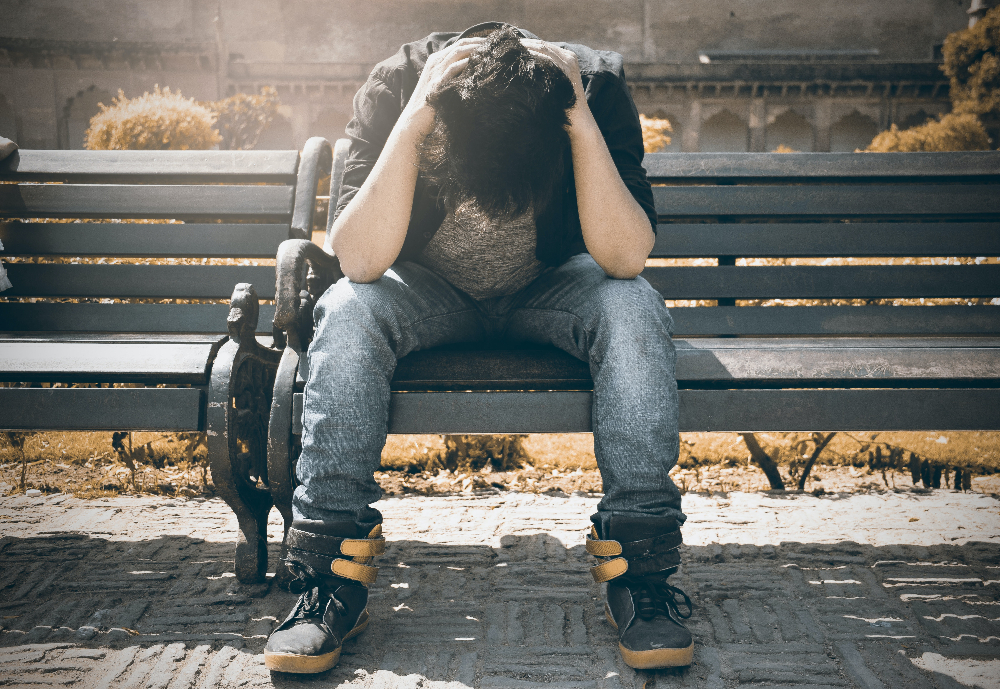Teens and preteens are reporting high levels of pain and thoughts about ending their own lives.
Parents would love to be able to think that children are free from the chronic pain and the stresses faced in adulthood, allowed to simply enjoy their young lives in a vacuum. That is not the case, of course, and new research is demonstrating just how serious the struggles facing adolescents in today’s world really are.
Based on a sample of over 8,000 young people in the age range of 11 – 15, roughly 9% reported feeling ongoing, persistent physical pain and experiencing suicidal thoughts. Not only is that a troubling number in terms of the sheer volume of young people experiencing such struggles, but the issues were disproportionately displayed in girls. More than 72% of the affected respondents were female.
As might be expected, the issues the respondents were facing in life did not end with physical pain and thinking about ending their lives. Those who affirmed that they were dealing with these problems also were more likely to have depression and anxiety, and they struggled to form healthy relationships with peers. Additionally, higher rates of prescription drug use were seen in this segment of the population.

It would be concerning to hear that nearly 9% of any segment of the population was dealing with problems as serious as chronic, ongoing pain and suicidal thoughts. That’s simply far too many people facing major struggles in their lives, and it points to societal issues that need real, substantive changes.
But this isn’t just any group of people that is facing hard times. It’s young people who should not yet have to confront some of the harder things in life. Without the fully developed emotional maturity of an adult, ‘tweens’ who are dealing with such issues may not be able to navigate through them and come out safely on the other side. Their brains are still developing and they don’t yet have the executive functioning necessary to properly problem-solve present-day struggles. This is particularly a problem for young people who don’t have the support of a stable home life to guide them in the right direction.
Unfortunately, the news just seems to get worse with regard to what this study uncovered. Not only was a significant portion of the sample group dealing with a personal crisis, many were also not getting professional help with those issues. Two numbers demonstrate this concerning lack of help –
26% of those dealing with pain and suicidal thoughts had not received any assistance of any form;
Less than half of those in the affected group were seen by or in contact with their general practice doctor recently.
The picture painted by these findings is as clear as it is bleak. There is a large percentage of the young population that is not only dealing with very serious problems, but is facing those problems alone. Solving issues like this is always complex and difficult, but it seems likely that an
approach involving many different forms of interventions will be necessary to provide those impacted with what they need to see that the future is bright.
Sources:
While Adolescents May Reason As Well As Adults, Their Emotional Maturity Lags, Says New Research
Chronic pain in adolescents is associated with suicidal thoughts and behaviors


Join the conversation!